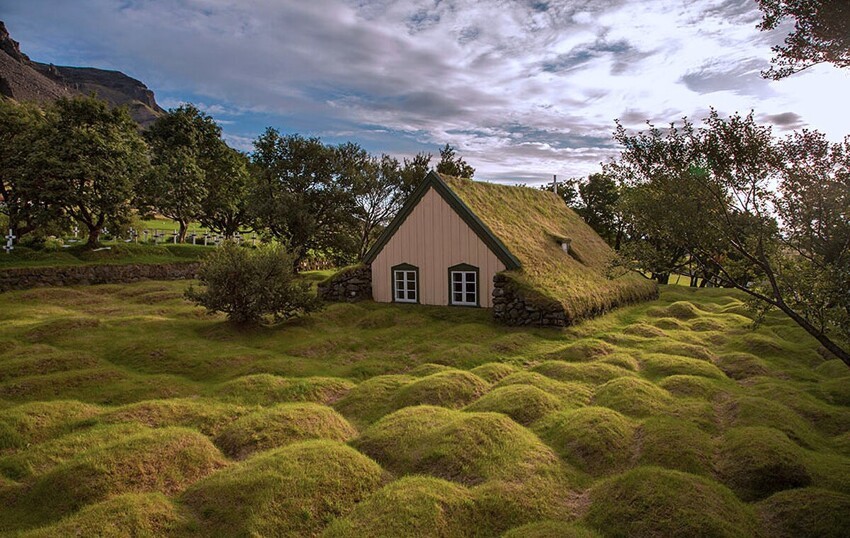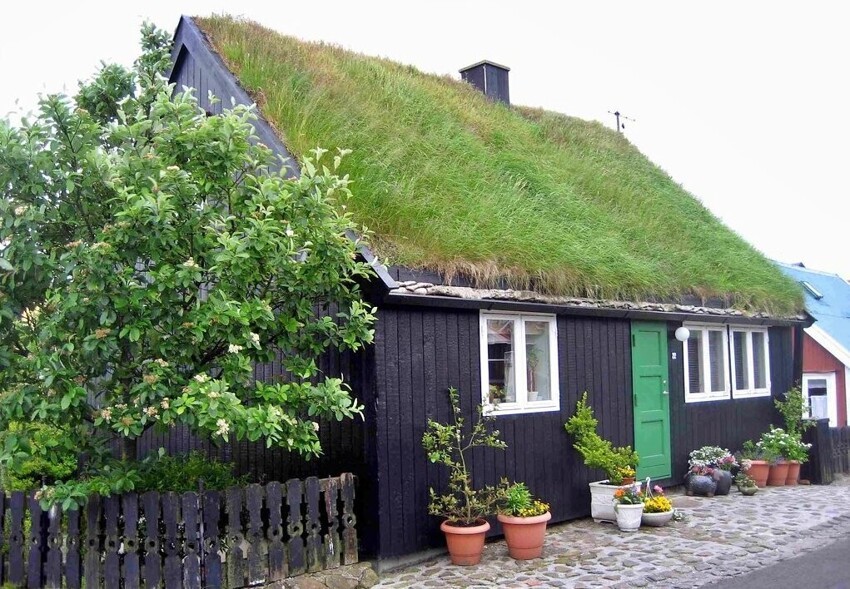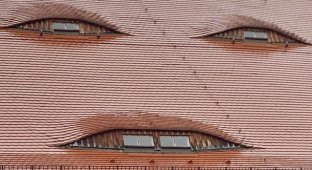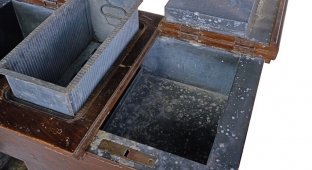Why does grass grow on the roofs of houses in Scandinavia? (3 photos)
Norwegian houses with a flowering lawn on the roof cause delight among tourists and envy among European homeowners. Building a green roof in other regions of the planet is difficult and expensive, and maintaining it will be a headache for even the most diligent owner. 
Mysterious Scandinavia
The recognizable green lawn on rural houses is called a turf roof. Until the end of the 19th century, such coatings were the most common in Scandinavia.
From a practical point of view, turf provides good thermal insulation in winter and protects the room from overheating in summer. A comfortable microclimate is maintained inside the house all year round.
However, the Scandinavians came to such an engineering solution for a different reason. In the Middle Ages, local residents lived in robbery and went on campaigns against each other, organizing small wars.
Under these conditions, green roofs made it possible to camouflage the settlement. From a distance, traditional Scandinavian half-dugouts blended into the general background and were not noticeable. Subsequently, when battles became rare, vegetation on the house became a local tradition.
Secretive, reliable, short-lived 
In ancient times, birch bark was used as roofing. It was this that was the main water-permeable element. People cut off the outer part of the birch bark, leveled it so that it did not curl, and then laid the leaves like tiles on the wooden base of the roof.
To prevent the bark from scattering in the wind, the birch bark was pressed down with cut turf. The first layer was laid with grass down, roots up. Withered foliage protected the bark from decomposition and acted as drainage. The second layer was laid with grass on top. The total thickness of the turf reached 15-20 cm.
In winter, the snow-covered turf roof squeezed the log walls, plugging the cracks. The load reached 500 kg per square meter! It was a real test for the log house and rafters. The service life of such a roof was no more than 30 years. The next step was to completely replace the roof.
Is it possible to have a turf roof on your home? 
Such construction services, of course, exist. However, it should be borne in mind that the roof itself will not “bloom”. She will have to be carefully looked after.
In Scandinavia, the climate helps with this. In the western part of the peninsula, in Norway, weather conditions are very mild. The warm Gulf Stream and the mountains as a barrier to Atlantic air masses cause intense water circulation in the region. In summer there is a lot of rainfall and few dry days, and in winter there are no severe frosts.
Thanks to this, similar coverage in western Scandinavia was easy to grow and maintain. Even in neighboring Finland, the climate changes sharply to continental with cold winters.
In some countries, such a lawn will have to be watered regularly in the summer and covered from frost in the winter. It is possible to make a green roof, but it is expensive - taking into account thermal and waterproofing, as well as a drainage system.
However, modern Scandinavians have moved away from this ancient tradition. People have moved to cities, where it is much more difficult to care for vegetation due to pollution and increased heat. Locals prefer cheaper and more practical conventional roofs. Turf coverings are rare.

























